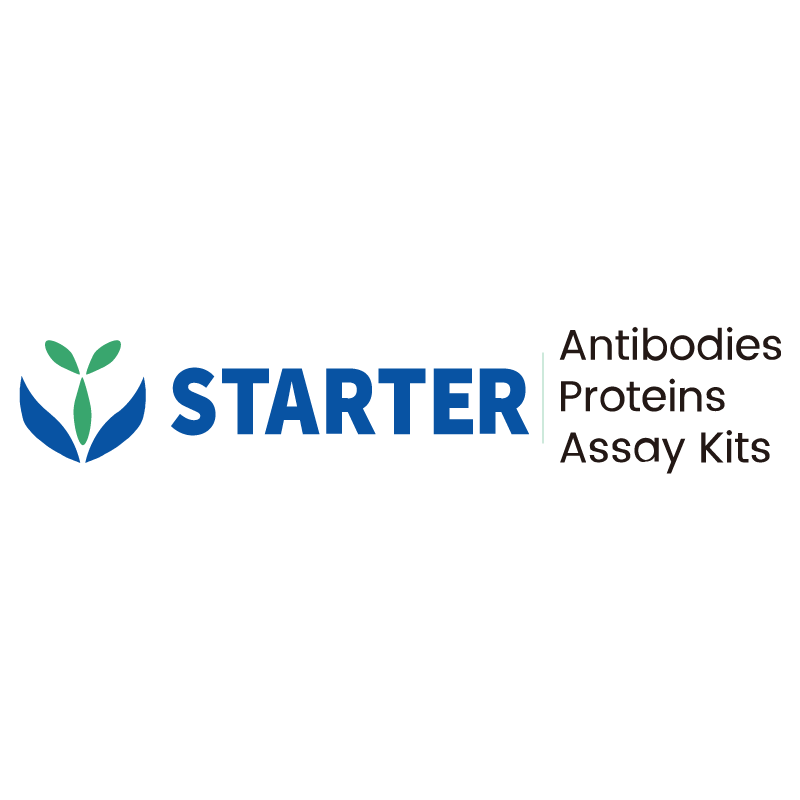Immobilized Mouse VEGF-A Protein, His Tag at 2 μg/mL (100 μL/well) can bind Recombinant Mouse VEGFR2 (C-Fc) with EC50 of 10-13 ng/ml.
Product Details
Product Details
Product Specification
| Species | Mouse |
| Synonyms | VEGF164, Vascular permeability factor (VPF), VEGF-1, VEGF164 |
| Accession | Q00731-2 |
| Amino Acid Sequence | Protein sequence (Q00731-2, Ala27-Arg190, with N-His tag) APTTEGEQKSHEVIKFMDVYQRSYCRPIETLVDIFQEYPDEIEYIFKPSCVPLMRCAGCCNDEALECVPTSESNITMQIMRIKPHQSQHIGEMSFLQHSRCECRPKKDRTKPENHCEPCSERRKHLFVQDPQTCKCSCKNTDSRCKARQLELNERTCRCDKPRR |
| Expression System | HEK293 |
| Molecular Weight | Predicted MW: 21 kDa Observed MW: 25-30 kDa |
| Purity | >95% by SDS-PAGE |
| Endotoxin | <1EU/μg |
| Conjugation | Unconjugated |
| Tag | with N-His tag |
| Physical Appearance | Lyophilized powder |
| Storage Buffer | Lyophilized from a 0.2 μm filtered solution of 0.2M PBS, pH7.4 with 3% trehalose. |
| Reconstitution | Reconstitute no more than 1 mg/mL according to the size in deionized water after rapid centrifugation. |
| Stability & Storage | 12 months from date of receipt, -20 to -70 °C as supplied. |
Background
VEGFA is a key signaling protein that stimulates angiogenesis (blood vessel formation) and vascular permeability. Produced by various cell types, it binds to receptors VEGFR-1 and VEGFR-2, promoting endothelial cell proliferation, migration, and survival. Overexpressed in tumors, VEGFA supports cancer growth and metastasis by enhancing blood supply. It is a major target in anti-angiogenic cancer therapies, with drugs like bevacizumab (Avastin) blocking its activity. VEGFA also plays critical roles in wound healing and inflammatory diseases.
Picture
Picture
Bioactivity
SDS-PAGE
2μg(R: reducing conditions; NR: non-reducing conditions)


